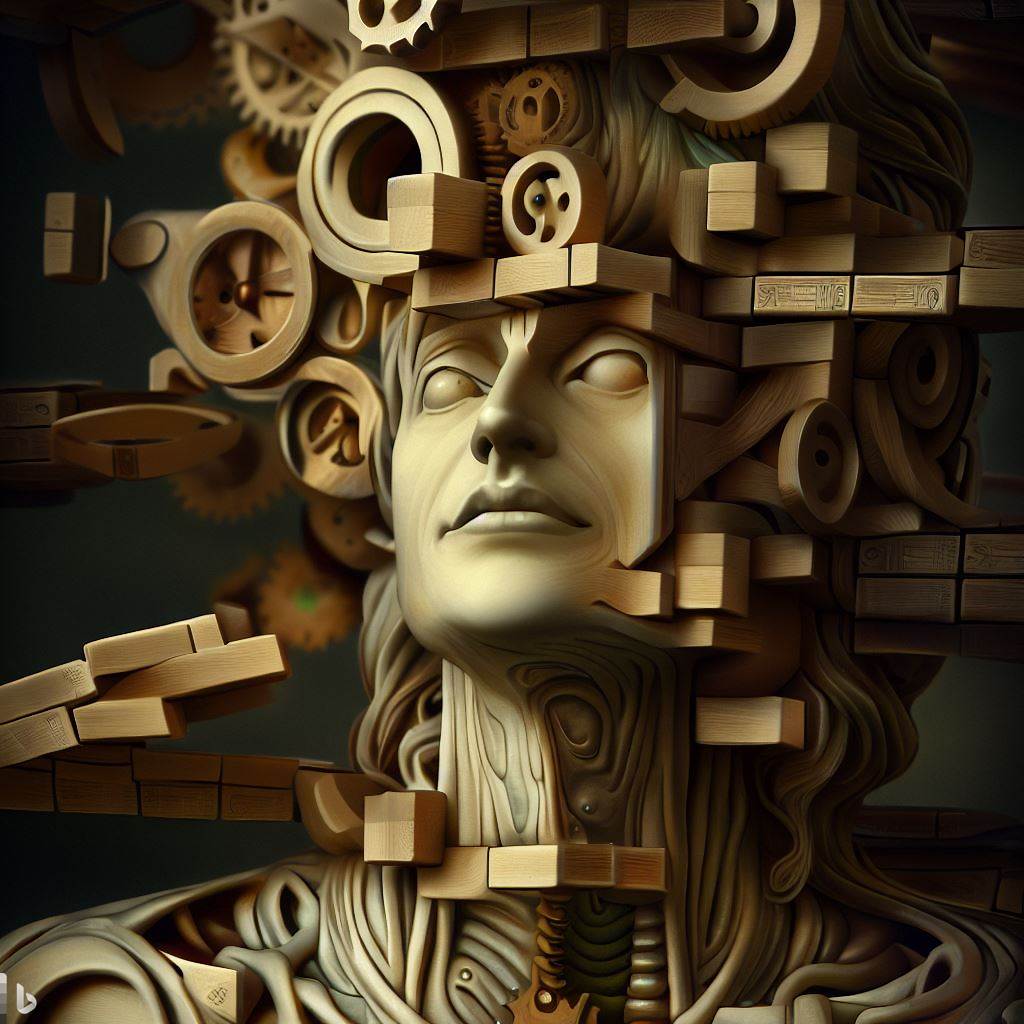It is difficult to avoid thinking of ChatGPT or other Natural language processors as human-like. It is all too easy to pounce on such slips with accusations of anthropomorphism. But the larger neglect is almost never considered: humans are more like machines than we are willing to acknowledge.

Mechanomorphism: a conception of something (as the universe or a living creature) as operating mechanically or to be fully accounted for according to the laws of physical science.(Merriam-Webster)
Mechanism: (3) a doctrine that holds natural processes (as of life) to be mechanically determined and capable of complete explanation by the laws of physics and chemistry. (Merriam-Webster)
25 years ago I began an experiment which I summed up as a kind of game: What if I approached reality and my own mind as if I were “merely” a machine? What would I learn? How “far” could I go before I failed to account for some aspect of cognitive experience? Could I actually “engineer” insights as if I were Skinner or Lorenz experimenting with my own bird-brained conclusions? I wrote three books resulting from the experiment, the construction and proofreading of which slowed down my progress considerably. (Oh, and I also ran out of money … no small obstacle to clear thinking.)
For the next few decades, I continued to contemplate and experiment, taking notes daily, both in the early morning hours (the most reliable time of the day) but also keeping notebooks with me and recording observations and insights wherever and whenever they occurred.
Now I’m retired, and ChatGPT has arrived. I am struck by the two halves of its reception: “It’s human-like” and “Don’t anthropomorphize AI.” The real problem and enriching approach should be: Human cognition is much more mechanical than we have the effort, courage and honesty to admit.
However, what I will explore with “The Build” is not a reconstruction of human mechanics. To be sure, inspired by ethologists such as Konrad Lorenz, I do wish to use “mechanism” in a way that suggests that all human aspects can be accounted for through physics and chemistry. However, I wish to use the term to tag “machine models” which account for human phenomena, without necessarily identifying each element as it actually is. For example, Can a moral orientation be accounted for mechanically? So I will not be declaring, Ecce Homo; I will however be saying that it is not too far-fetched and is in fact a good thinking exercise to try to solve as many problems as possible through a pirated ontological mechanistic framework.
The first machine part I will build will be an attempt to account for “Law of Effect.”